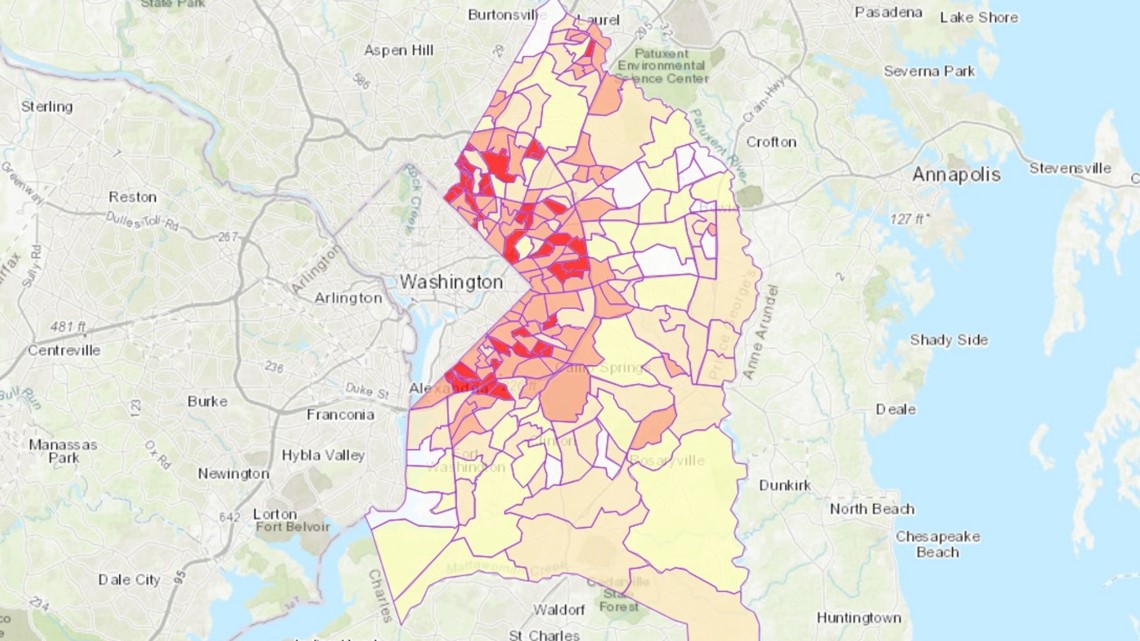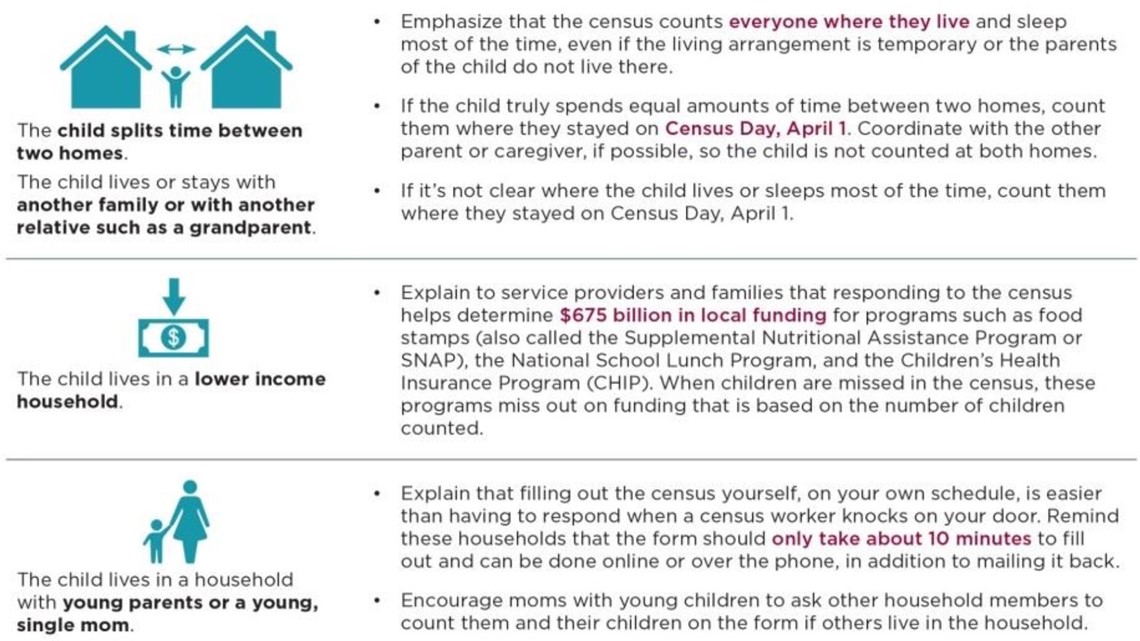UPPER MARLBORO, Md. — It was a staggering financial loss for the county, with more than a quarter billion dollars denied, all because of problematic participation during the 2010 census.
Officials left out an estimated 19,900 people from the last census in Prince George’s County, according to a data analysis performed by the U.S. Census Bureau.
Yet, authorities said the painful financial price could be traced, in part, to the under-counting of a specific group of people.
Babies. And kids.
In the most specific classification, children under the age of five comprise the highest under-counted population in the United States.
The distinction remains true within Prince George’s County, as local officials are now focused on avoiding the same story line of small citizens left under-counted, once again.


"The 2020 Census will only take 10 minutes of your time," County Executive Angela D. Alsobrooks said. "But your participation will mean thousands of dollars in funding for our schools, roads, hospitals and more."
On a website built to answer the county’s census questions, federal officials assembled a clear picture of why young children are often missed en-masse.
Under-counted children may have their time split between two homes. They may also live with extended family members, who are in turn less likely to include the children on their own census forms.
"Children are uncounted because they are left off Census forms," State Delegate Stephanie Smith wrote on Twitter. "The more complex the household, the more likely young kids will be left off a Census form."
New online guidance provided by the Census Bureau said the under-counted children are also likely to be newborns who are still in the hospital.
The guidance also says young, single mothers, and parents in low-income areas, are less likely to take time to fully complete the forms.
Officials released an interactive map showing the lowest levels of census participation within Prince George’s, with lower-income localities closest to Washington ranked among the highest levels of non-participation.


"Explain to service providers and families that responding to the census helps determine $675 billion in local funding for programs such as food stamps, the National School Lunch Program, and the Children’s Health Insurance Program," the online census guidance says to staff and government officials. "When children are missed in the census, these programs miss out on funding that is based on number of children counted."

